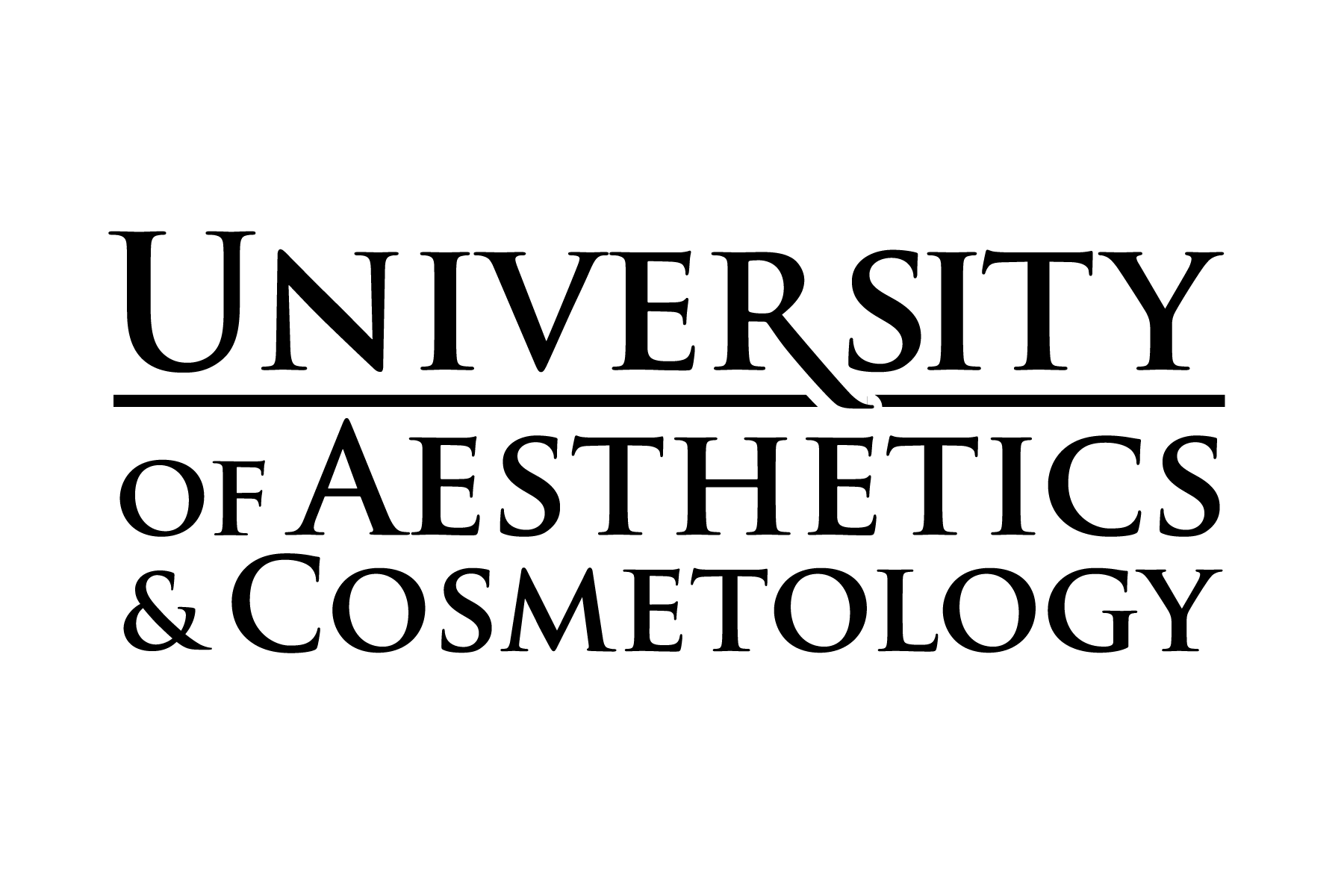Accreditation
What is Accreditation?
A school may become accredited when it meets the standards of educational performance established by an accrediting agency. The accreditation process may take two years or more to complete and is an involved and costly process.
Who does the Accreditation?
A school selects an accrediting agency that specializes in its field of education. There may be several agencies that a school could choose among.
Who Accredits the Accreditation Agency?
Accrediting agencies must be recognized by the Department of Education for its accredited schools to participate in Federal Student Aid programs. The Department of Education does not recognize all accrediting agencies. To be recognized, an accrediting agency must meet stringent guidelines and maintain performance standards of The Department of Education.
How does a School become Accredited?
Each of The University of Aesthetics campuses are accredited by the National Accrediting Commission for Cosmetology Arts & Sciences also known as NACCAS. The National Accrediting Commission of Cosmetology Arts & Sciences is recognized by the United States Department of Education as a national accrediting agency for postsecondary schools and programs of cosmetology arts and sciences, electrology, and massage. The process begins by applying to become a candidate and attending at least one workshop to learn about the agency’s standards of educational performance and how schools must report to NACCAS. Schools must be in existence for a minimum of two years before they can become accredited. Once a school is granted its candidacy, it begins a process which may take two years or more. This process includes the school reporting to NACCAS about how it meets NACCAS’ standards.
Once accredited, schools continue to meet standards issued by NACCAS. Standards are influenced by the expectations of Congress and The Department of Education. Accrediting agencies help schools continue to be informed. Adhering to nationally accepted standards of educational performance can help schools improve their offerings to their students.
Schools can lose their accreditation by not meeting standards or failing to have their accreditation renewed. Schools who lose their accreditation could lose their ability to participate in Federal Student Aid.
About Placement Rates
NACCAS Placement Rates
The placement rate is based on graduates from the NACCAS graduation cohort (student scheduled to graduate from the program in 2014) who are employed in a field for which their training prepared them prior to November 30, 2015. Students would be considered ineligible if the graduate:
- Is deceased
- Is permanently disabled
- Deployed for military service/duty
- Studied under a student visa and is ineligible for employment in the United States
- Continued his/her education at an institution under the same ownership
The placement rate is calculated by dividing the number of graduates who were employed in the field by the number of graduates who were eligible for employment and multiplying it by 100. This number is the NACCAS placement rate.
About ED
ED was created in 1980 by combining offices from several federal agencies. ED’s mission is to promote student achievement and preparation for global competitiveness by fostering educational excellence and ensuring equal access. ED’s 4,200 employees and $68.6 billion budget are dedicated to:
• Establishing policies on federal financial aid for education, and distributing as well as monitoring those funds.
• Collecting data on America’s schools and disseminating research.
• Focusing national attention on key educational issues.
• Prohibiting discrimination and ensuring equal access to education.



